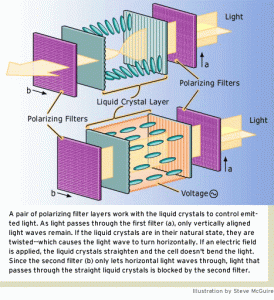Zarathustra[H]
Extremely [H]
- Joined
- Oct 29, 2000
- Messages
- 38,841
Samsung Display formally announces its $10.8 billion investment in QD-OLED TV production
And we've already discussed the reality that they're not stopping LCD+QDCC production, just standard LCD production. The news articles just treat QLED like it's a different panel technology which is what brought the confusion to those of us who are "tech savvy." The article above shows how Samsung is already converting a plant that produces 125k LCD substrates per month to 35k OLED substrates.
OLED backlighting does not equal OLED display.
Same bullshit the industry pulled back when the first LED screens came out. Only thing LED about them was the backlight. They still used LCD teccnology, but you wouldn't find the words LCD anywhere on the box, spec page or manual.
I would love to see stronger laws surrounding intentionally misleading marketing.
![[H]ard|Forum](/styles/hardforum/xenforo/logo_dark.png)
